Tibetan mastiffs are a majestic and ancient breed known for their impressive size and thick, luxurious coats. It is said that nomadic Tibetan tribes originally bred these dogs to guard their livestock and homes from predators.
The breed’s thick double coat protects against cold weather and hot sun, and shaving it off can leave them vulnerable to temperature extremes. Additionally, the coat may not grow back properly after being shaved, leaving your dog with uneven patches of fur. If you are concerned about your dog’s shedding, regular grooming and brushing can help manage their coat without resorting to shaving.
We will discuss “Can you shave a tibetan Mastiff?” If you’re thinking of shaving your dog, we recommend using an electric shaver. The device’s design is to shave thick dog hair without causing any irritation or skin damage.
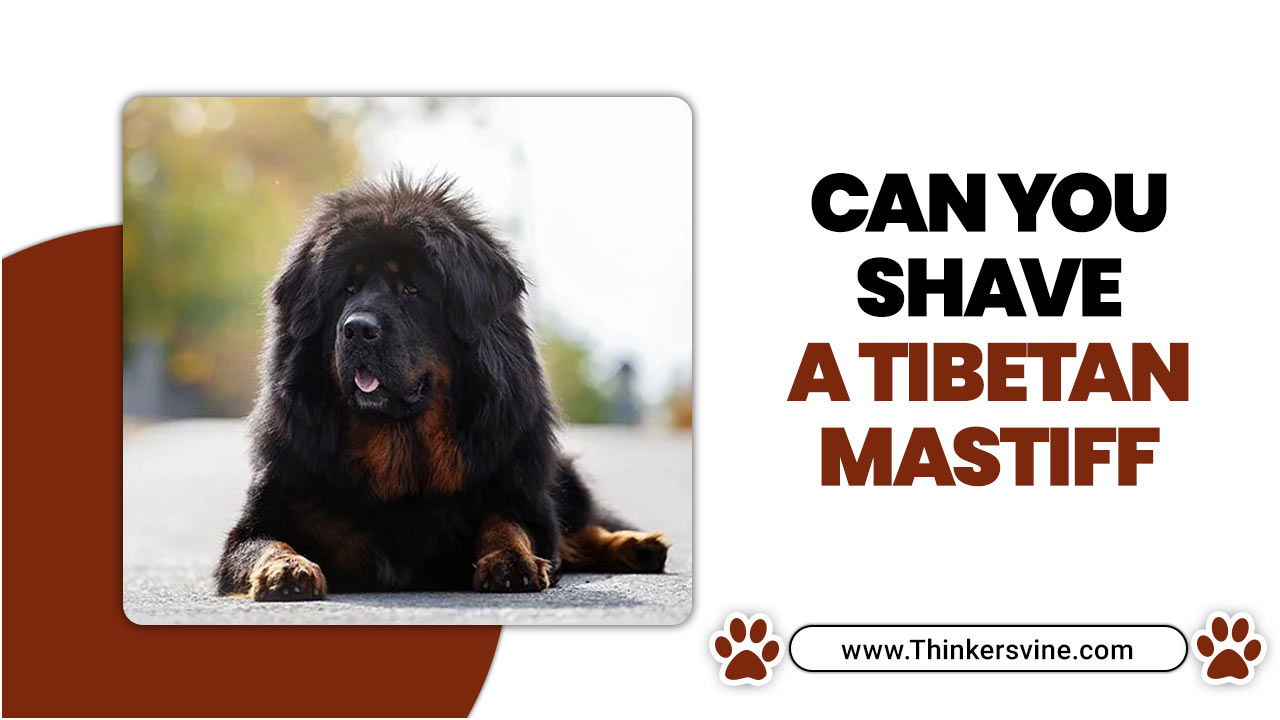
What Is Shave Shock In Dogs?
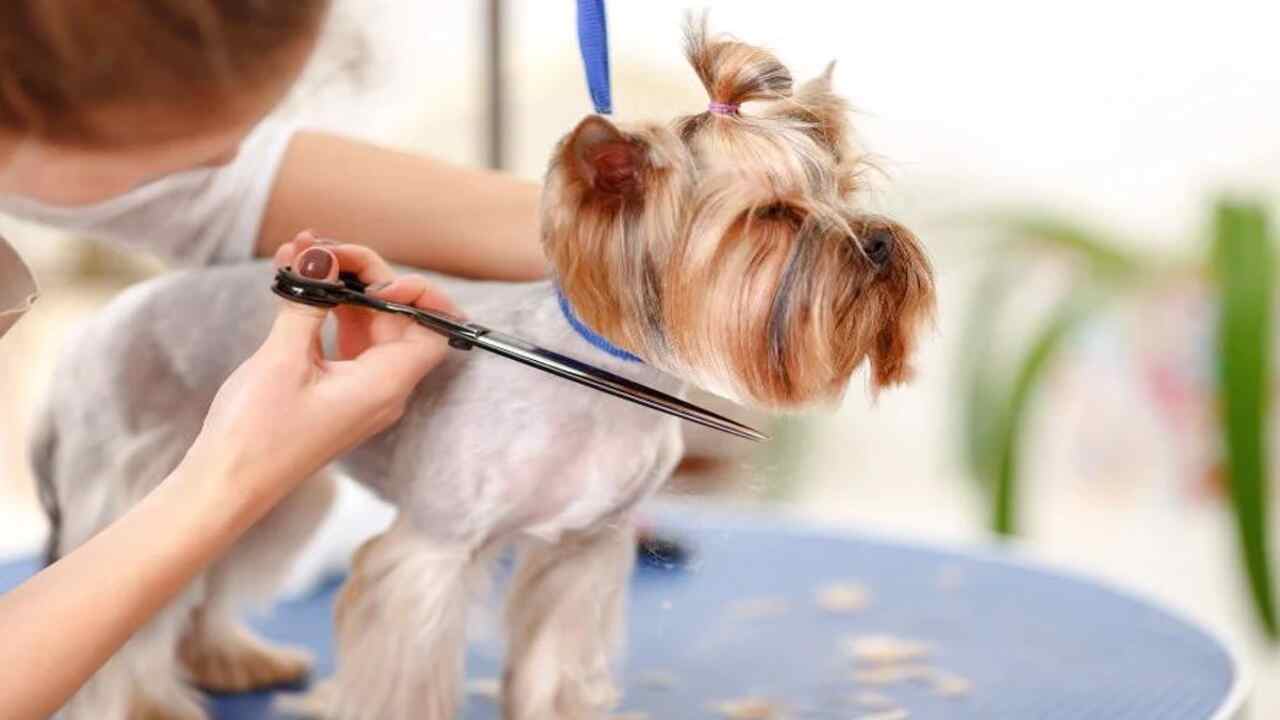
Shaving a Tibetan mastiff can have unintended consequences, such as shave shock in dogs. Shave shock is a condition that occurs when a dog’s coat is suddenly shaved off, causing the skin to become exposed and sensitive to the elements. This can lead to sunburn, skin irritation, and discomfort for the dog.
Additionally, the Tibetan mastiff’s thick double coat serves as insulation, keeping them cool in the summer and warm in the winter. Shaving their coat can disrupt this natural insulation and make it difficult for them to regulate their body temperature. Avoid shaving a Tibetan Mastiff unless there is a medical reason to do so, and instead, focus on regular brushing and grooming to maintain their coat’s health.
Why Would You Shave A Tibetan Mastiff?
Shaving a Tibetan mastiff is generally not recommended, as their thick double coat protects against cold and hot weather. However, there are certain circumstances where shaving may be necessary or beneficial for the dog’s health. One such instance is if the dog has severe matting or skin issues that regular grooming cannot resolve. Shaving can help alleviate discomfort and better treat any underlying skin conditions.
Additionally, some owners may shave their Tibetan mastiffs during hot summer months to help keep them cool. However, it is important to note that shaving should be done cautiously, as the dog’s coat may not grow back the same way, and they may be more susceptible to sunburn and other skin issues. Consult a professional groomer or veterinarian before shaving a Tibetan mastiff.
Can You Shave A Tibetan Mastiff? Detailed Answer
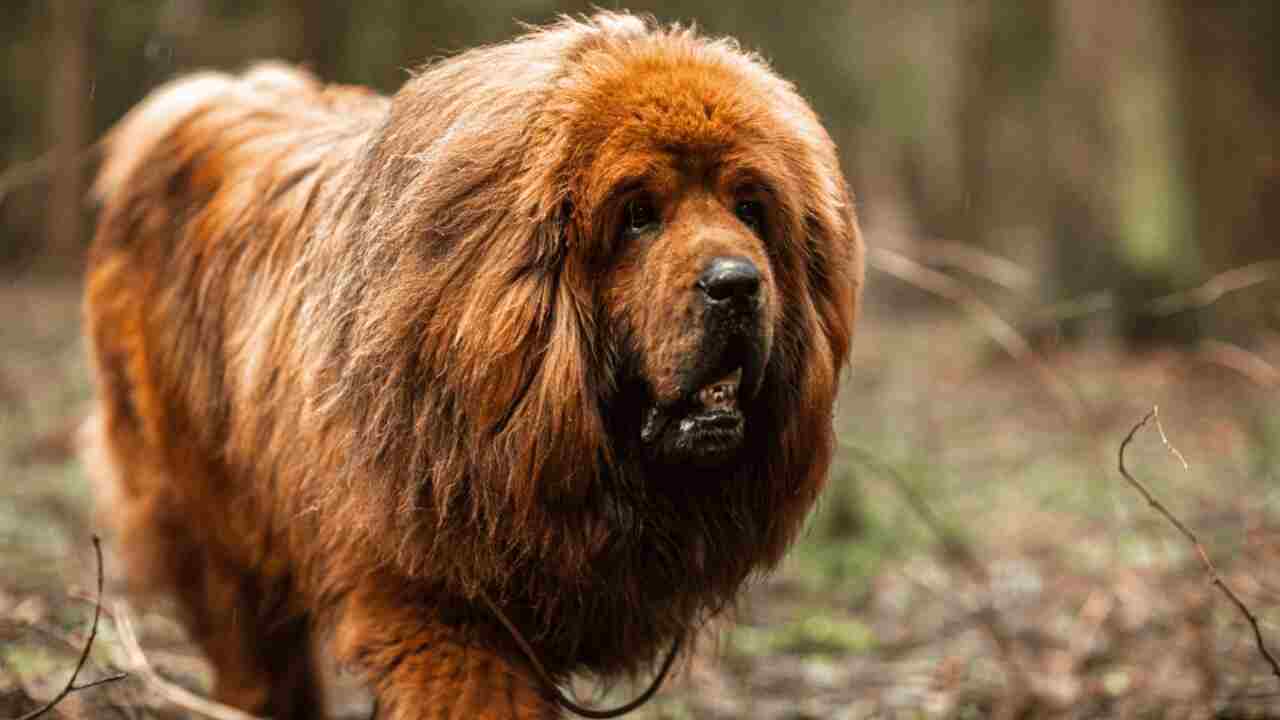
How can you shave a Tibetan Mastiff? Well, shaving a Tibetan mastiff may not be the best idea. This dog breed has dense fur that is resistant to most types of hair removal and can take a long time to grow back. Furthermore, they are prone to skin infections if scraped or punctured, so shaving them could lead to serious issues.
If you must shave your mastiff, use an electric clipper or groomer. You will still need to brush your coat regularly for debris and bacteria to not build up over time (which could cause acne or other skin issues).
Before beginning grooming procedures, use a topical antibacterial agent on damaged areas. And remember: always consult your veterinarian before beginning any grooming procedure on your pet.
Tibetan Mastiffs: Why Shave Them?
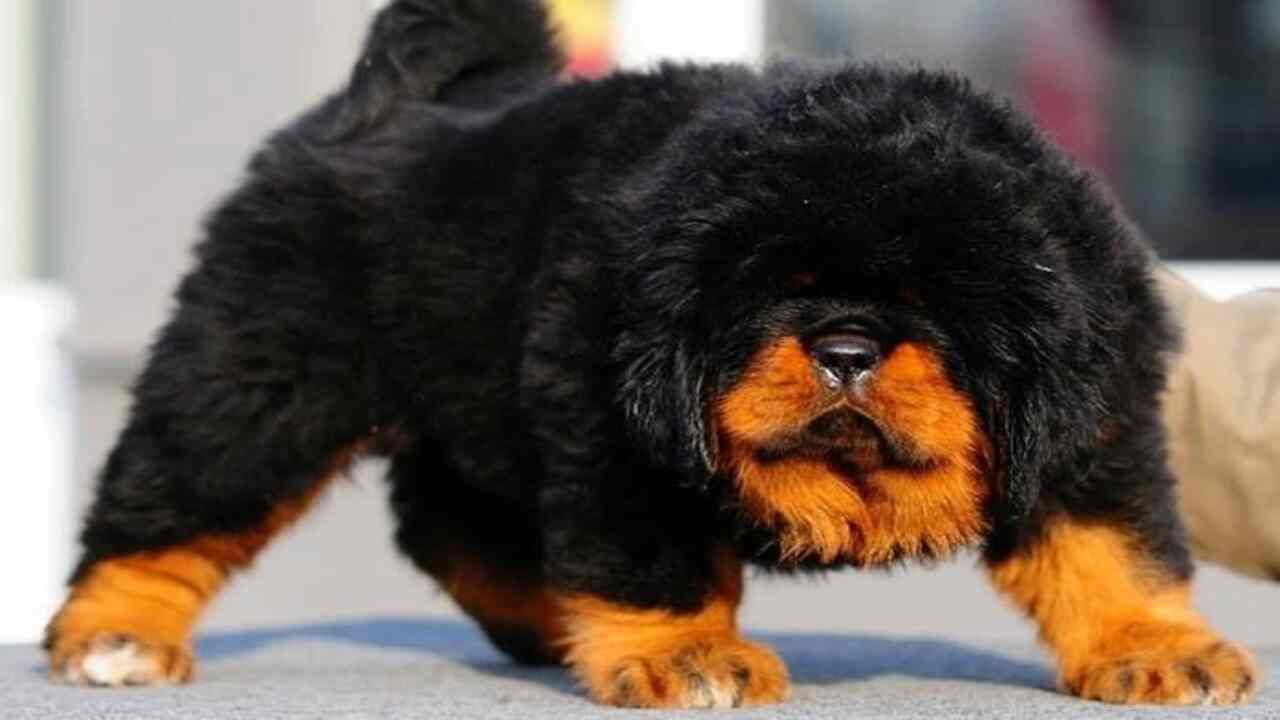
People know Tibetan mastiffs for their thick, luxurious coats that protect them from the harsh weather conditions of their native Himalayan region. So why would anyone want to shave them? There are a few reasons why shaving a Tibetan mastiff may be necessary. For one, if a mastiff has developed severe matting or skin issues, shaving may be the only effective way to treat the problem.
Additionally, some owners may shave their mastiffs during the hot summer months to keep them cool and comfortable. However, it’s important to note that shaving can negatively affect a mastiff’s coat and should not be done regularly or without consulting a veterinarian or experienced groomer. There are a few reasons to shave a Tibetan mastiff:
- Shaving a Tibetan mastiff will help remove dead coats of human hair, dirt, and oils that can build up on the dog’s skin.
- It also helps to keep the coat clean and free of mats.
- The shaved coat will also be less prone to matting and tangling.
- Daily grooming will also keep the coats clean and healthy.
Shaving The Tibetan Mastiff: How To Shave?
Tibetan mastiffs are one of the most troublesome breeds of dogs to shave. Even professional groomers have difficulty shaving them because of their dense fur. Shaving your dog can be tricky, but it’s important to do it correctly to avoid any potential injuries.
If you’re considering shaving a Tibetan mastiff, knowing the breed’s shaggy coat and skin type is important. We cut the thick fur of these dogs short to avoid excessive shedding. So, you need to know a few things before shaving:
- You must know you can’t shave your double-coated dog this summer. If you shave a double-coated dog, you will make things worse.
- For single-coated dogs (such as Poodles), you can clip or shave their fur to the skin, and it will grow back. But for double-coated dogs, it doesn’t work that way.
Why Not Shave Your Double-Coated Tibetan Mastiff?
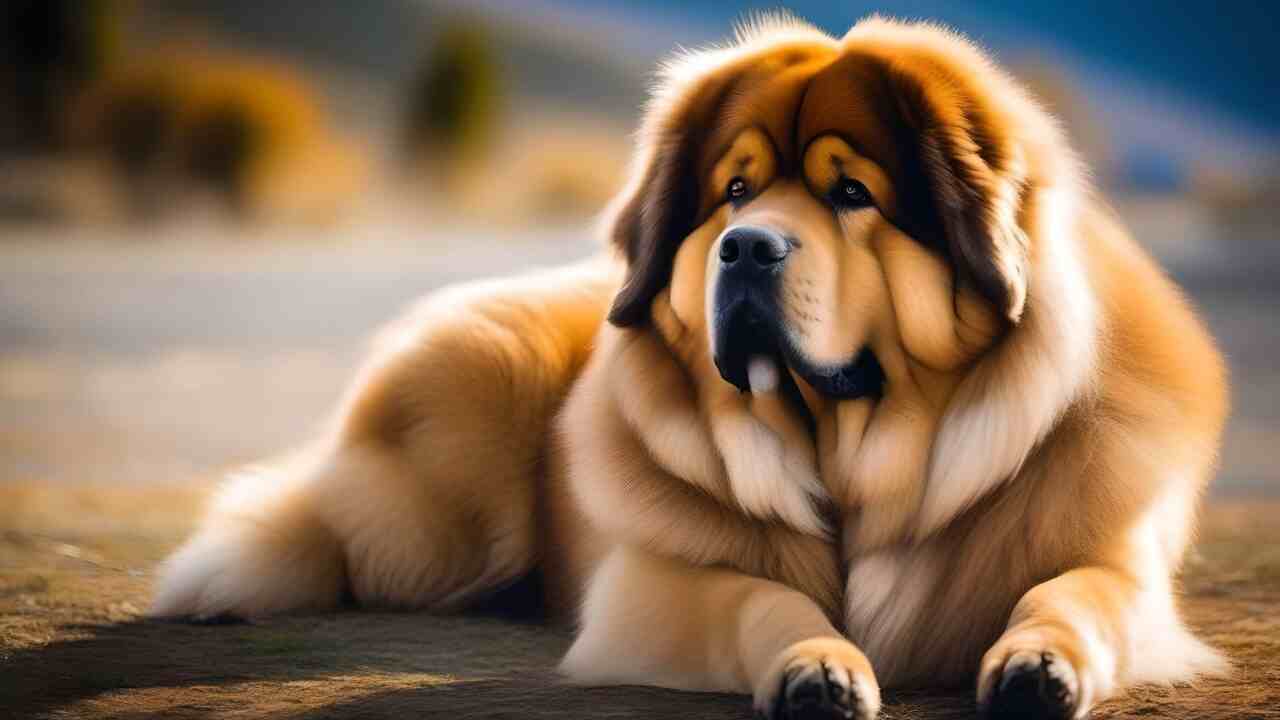
While shaving your double-coated Tibetan mastiff during the hot summer months may seem like a good idea, it’s not recommended. The double coat of a Tibetan mastiff serves as insulation, helping to regulate their body temperature in both hot and cold weather. Shaving their coat can make them more susceptible to heat stroke and sunburn.
Additionally, their fur protects them from insects and other pests, so removing it can put them at risk for bug bites and infestations. Keeping your Tibetan Mastiff well-groomed and using a wire slicker brush regularly is important to help manage their coat during warmer weather instead of shaving it off.
Damage The Dog’s Coat:
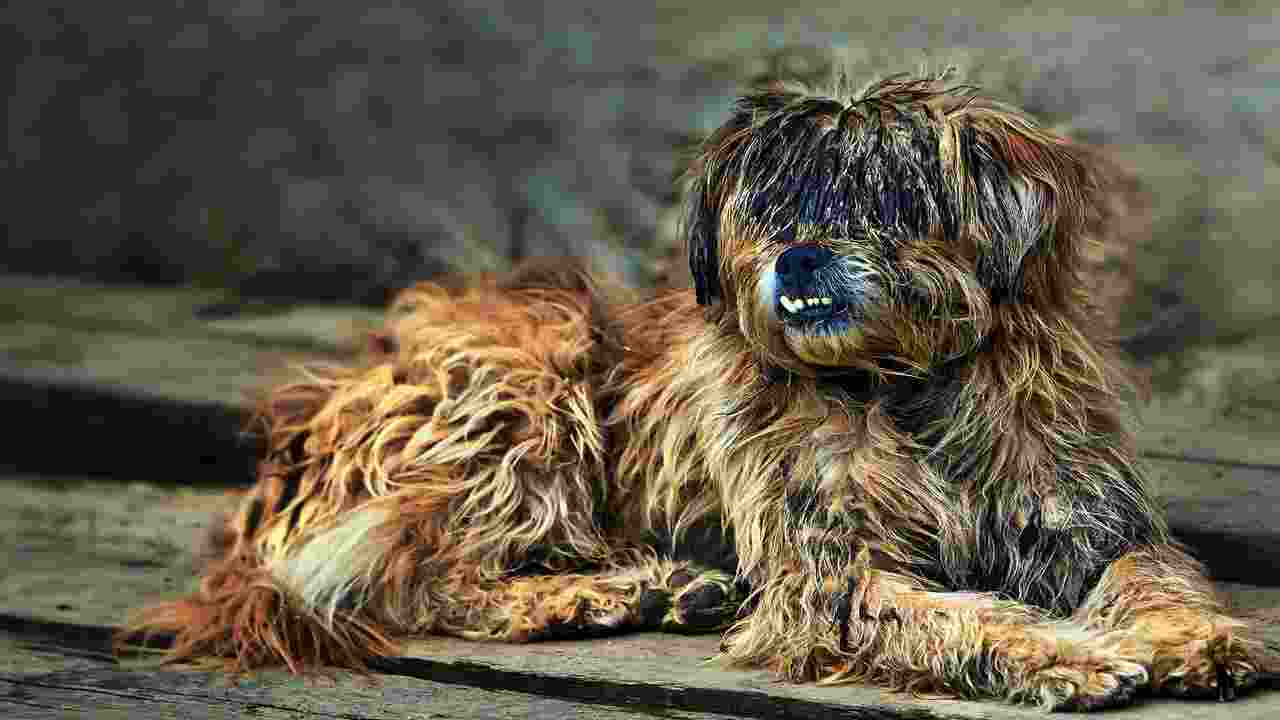
Shaving a Tibetan Mastiff can damage the dog’s coat, as their double-layered fur insides against hot and cold weather. Removing this protective layer can leave the dog vulnerable to extreme temperatures and sunburn. Additionally, shaving can alter the texture and color of the coat, making it less fluffy and potentially causing it to grow back unevenly.
It is important to consult with a professional groomer or veterinarian before shaving a Tibetan Mastiff, as they can advise on the best grooming practices for maintaining the health and appearance of their unique coat. It can result in impetigo or infections, so practice good hygiene for grooming and bathing.
Cause An Undercoat Loss:
Shaving a Tibetan mastiff can have serious consequences for the ancient dog breed, including undercoat loss. A Tibetan Mastiff’s thick, double coat weekly provides insulation and protects them from hot and cold temperatures. Shaving the coat can disrupt this natural protective layer, leaving the dog vulnerable to extreme temperatures and skin damage.
Additionally, shaving can cause undercoat rake loss, which can take months or even years to regrow fully. It is important to consult with a professional groomer or veterinarian before altering a Tibetan Mastiff’s coat. In general, it is best to avoid shaving and instead focus on regular brushing and grooming to maintain the health and appearance of their beautiful coat.
Painful For Dogs:

Shaving a Tibetan Mastiff during the hot summer months is not recommended, even though it may seem like a good idea. Shaving a Tibetan Mastiff can be painful for the dog and lead to skin irritation and other health problems. The thick coat of a Tibetan Mastiff serves as insulation, helping to regulate their body temperature in both hot and cold weather.
Shaving their coat can disrupt this natural process and make them more susceptible to heat stroke or hypothermia. Additionally, the act of shaving itself can be uncomfortable for the dog. It involves buzzing close to the skin and can cause pain or injury if not done properly. It is best to keep your Tibetan Mastiff cool by providing shade and plenty of water. And regular grooming to maintain their coat without causing any harm or discomfort.
Can Develop Skin Irritations:
Shaving a Tibetan Mastiff can harm their health and cause them to develop skin irritations. This is because the thick coat styles of a Tibetan Mastiff serve as insulation, protecting them from both hot and cold temperatures. Shaving this coat can disrupt their natural temperature regulation and cause discomfort or even illness.
Tibetan Mastiffs Naturally Shed Their Undercoat In Warmer Months
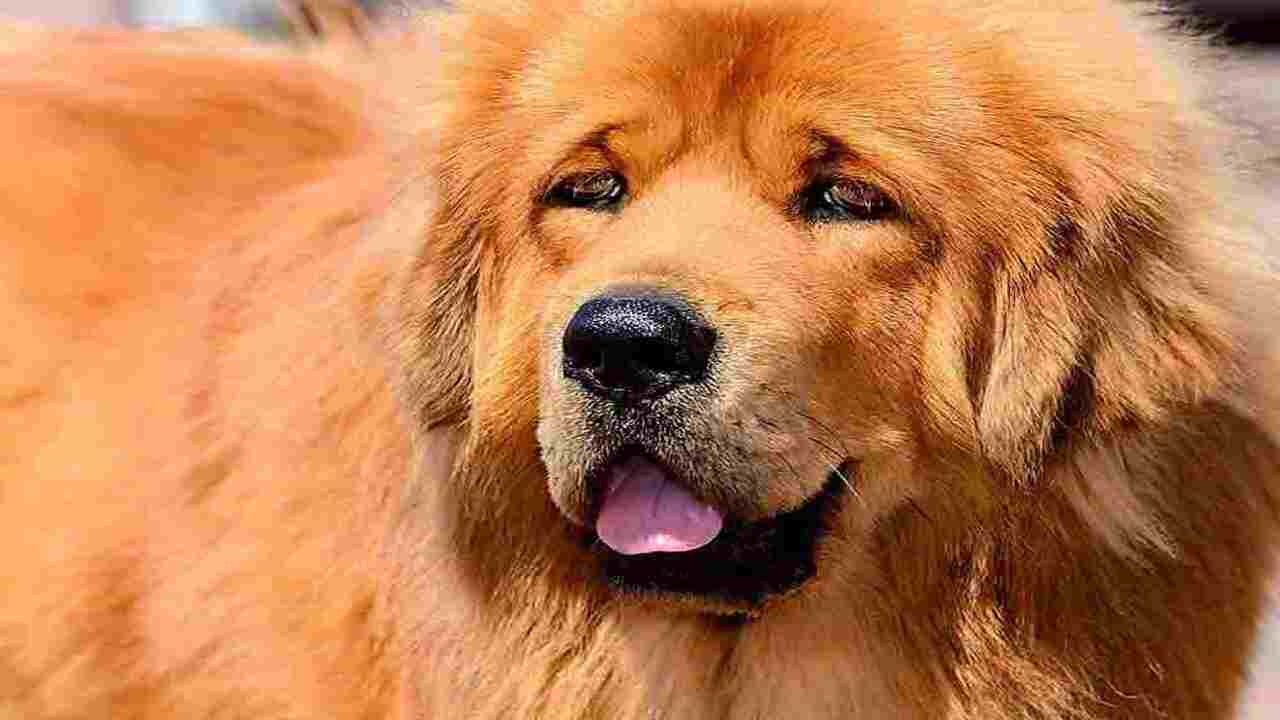
So shaving may hinder this process and lead to matting or tangling of their fur if you are concerned about your Tibetan mastiff’s grooming needs. Consult with a professional groomer who is experienced in working with this breed.
Shaving your double-coated Tibetan mastiff can cause painful scratches or rashes on the skin because you cut off all those long-haired dog breeds (top of the torso). Any cuts that might occur could become infected, requiring antibiotic treatment.
Do Dogs Become Aggressive When You Shave Them?
Shaving a dog does not automatically make them aggressive. However, some dogs may become anxious or uncomfortable during shaving, which can lead to aggression if they feel threatened or scared. It is important to approach grooming sessions with patience and care, ensuring the dog feels safe and comfortable.
Suppose a dog does exhibit signs of aggression during grooming. In that case, seek the assistance of a professional groomer or trainer who can help address any underlying issues and ensure the safety of both the dog and the groomer.
Should I Shave My Dog Wet Or Dry?
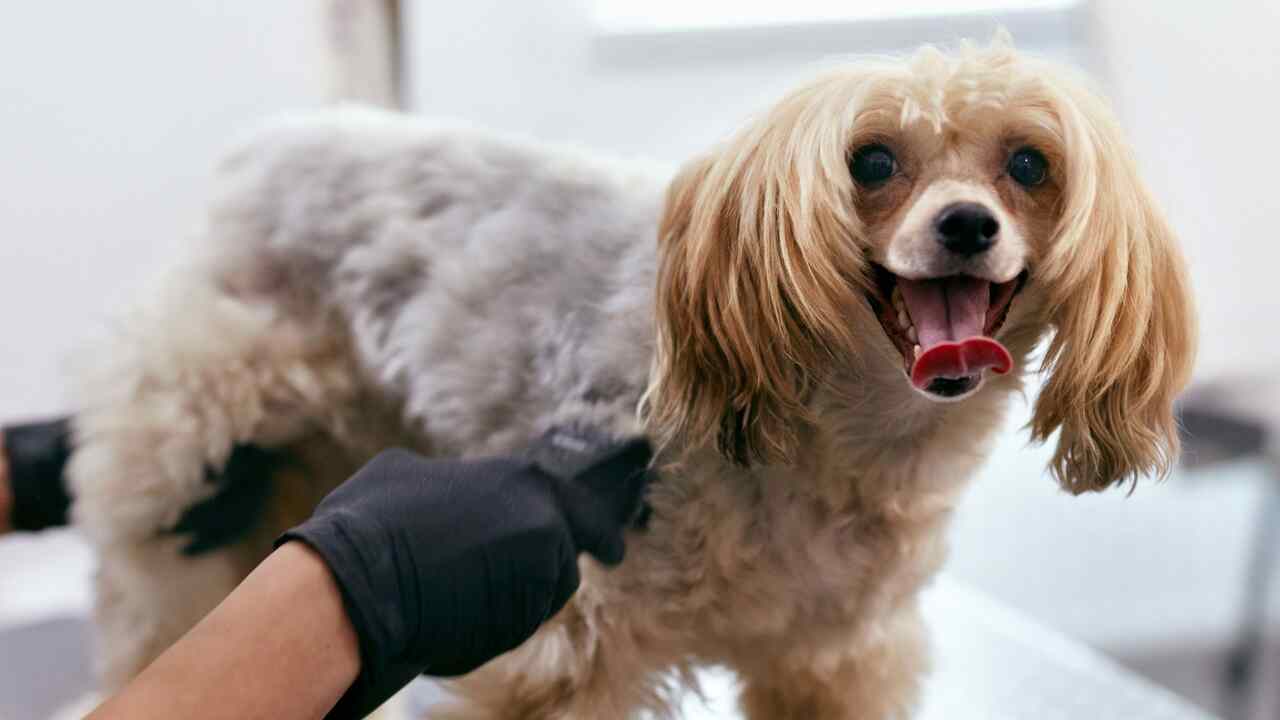
Regarding shaving your dog, whether you should do it wet or dry depends on a few factors. Wet shaving is often recommended for dogs with thick or matted hair fur, as wet fur is easier to manage and cut through.
You can also help prevent the clippers from getting clogged with hair coat. On the other hand, dry shaving may be more suitable for dogs with thin or short fur, as it allows for better precision and control. Additionally, some dogs may prefer dry shaving as they may find the sensation of wet fur uncomfortable.
Ultimately, it is important to consider your dog’s specific needs and comfort when deciding whether to shave them wet or dry. Consulting with a professional groomer can also provide valuable guidance in making this decision.
Conclusion
Can you shave a Tibetan mastiff? The answer is – it depends. While most mastiffs are shaving, some require more care than others. If your mastiff breeds a thick fur coat, it will likely require shaving every two to three days. Because of their short coat, once a week is enough for shaving time. However, your mastiff has a long coat, shaving them a month.
It is not recommended to shave a Tibetan Mastiff because their thick double coat regulates their body temperature and protects them from the elements. While shaving them during hot weather may seem like a good idea, it can harm their health issues.
Instead, regular basis brushing and grooming can help keep their coat in good condition and prevent matting. It’s important to always consider the well-being of our furry friends before making any decisions about their grooming.
FAQ
[rank_math_rich_snippet id=”s-ca3a57b8-ddca-4b6b-b4f9-4b9b20a5ac87″]